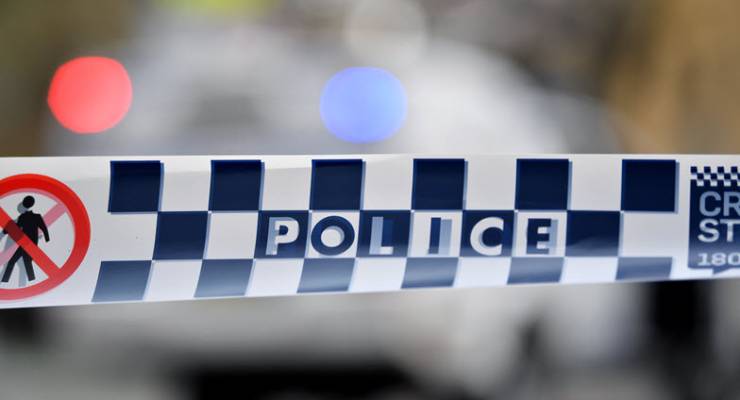
Australia is in the grip of a crisis. What crisis you ask? Well, depending on which papers you’re reading, there are two to choose from.
The terrorism threat level sits at “probable” and it’s said we’re in the middle of an “ice age” with epidemic levels of methamphetamine use.
Both issues have been given a lot of attention by the media and state and federal governments, but which is attracting the most funding and which should we consider a greater threat?
How much harm do they cause?
Since 2014 there have been half-a-dozen terror attacks in Australia, with seven civilians killed. During that same period other attacks resulting in civilian deaths have occurred, including the 2017 Bourke Street massacre and the recent Elizabeth Street attack in Melbourne, which police have said were not to linked to terrorism but have still resulted in calls for tighter security in city areas. In fact, both incidents have been linked in some media to drug use.
By comparison, over the last six years methamphetamine use has tripled in Australia, with the majority of users taking ice. Despite being far from the most common drug used — and abused — by Australians, experts say the number of people killed by methamphetamine use has doubled during that time.
What are we doing about them?
In 2015 the federal government announced a $300 million plan to try and address the myriad of problems presented by relatively widespread use of the drug, in response to a report by the National Ice Taskforce. To underpin the National Ice Action Strategy, $292.2 million of funding over four years was announced in 2016 that targeted alcohol and drug use on a wider scale but with an eye to helping reduce rates of methamphetamine use.
In 2014, the coalition government — then led by Tony Abbott — announced $630 million would go to Australia’s security agencies to be devoted to fighting home-grown terrorism. In the 2017/18 budget, the government announced $430 million for Operation Okra, an anti-IS mission taking place in the Middle East, along with $7.2 million for the Australia New Zealand Counter-Terror Committee and $321.4 million to the AFP, part of which would go towards hiring anti-terrorism specialists.
It is difficult to quantify just how much the federal government spends on counter-terrorism, given that the budgets of spy agencies ASIO and ASIS are listed as NFP (“‘Not For Publication”) in the federal budget.
However it has been partially published in budgets past, and The Australian revealed the Turnbull government would be diverting some funds from foreign aid to deliver a boost for the security organisations. ASIO and ASIS would each receive $75 million to counter the 2.5 percent efficiency dividend imposed on the organisations.
States and territories spent over $170.5 million on counter-terrorism in their 2017/18 budgets, including $10 million worth of upgrades in Melbourne and $47 million to counter radicalisation in prisons in NSW, $98.3 million was allocated in Queensland to strengthen stadium security in the lead up to the Commonwealth Games and to establish a new counter-terrorism centre.
How are the costs split between state and federal?
A much bigger cost to the public purse of the states and territories however, was spending on major projects and plans targeting ice use.
While the Commonwealth’s spending on terrorism outstrips its spending on responses to methamphetamine usage, the reverse is true for the states who together spent over $598.5 million on combating the issues presented by the drug.
Across the country, state governments have spent up big on ice prevention with the biggest injection of funds seen in Tasmania in 2016. The state, where drug use in regional areas is very high, spent $300 million. In WA and SA, where ice use is the highest in the country, the McGowan and Weatherill governments have announced $131.7 million and $8 million in funding for their programs respectively.
Meanwhile on the east coast, Victoria’s Andrews government is forking out ten times more than their counter-terror budget on a $126.5 million Ice Action Plan. The Coalition committed $11 million in NSW in 2015 to government and non-government treatment programs and Queensland’s Palaszczuk government are spending $18 million over four years on their Action on Ice plan.







Crikey is committed to hosting lively discussions. Help us keep the conversation useful, interesting and welcoming. We aim to publish comments quickly in the interest of promoting robust conversation, but we’re a small team and we deploy filters to protect against legal risk. Occasionally your comment may be held up while we review, but we’re working as fast as we can to keep the conversation rolling.
The Crikey comment section is members-only content. Please subscribe to leave a comment.
The Crikey comment section is members-only content. Please login to leave a comment.